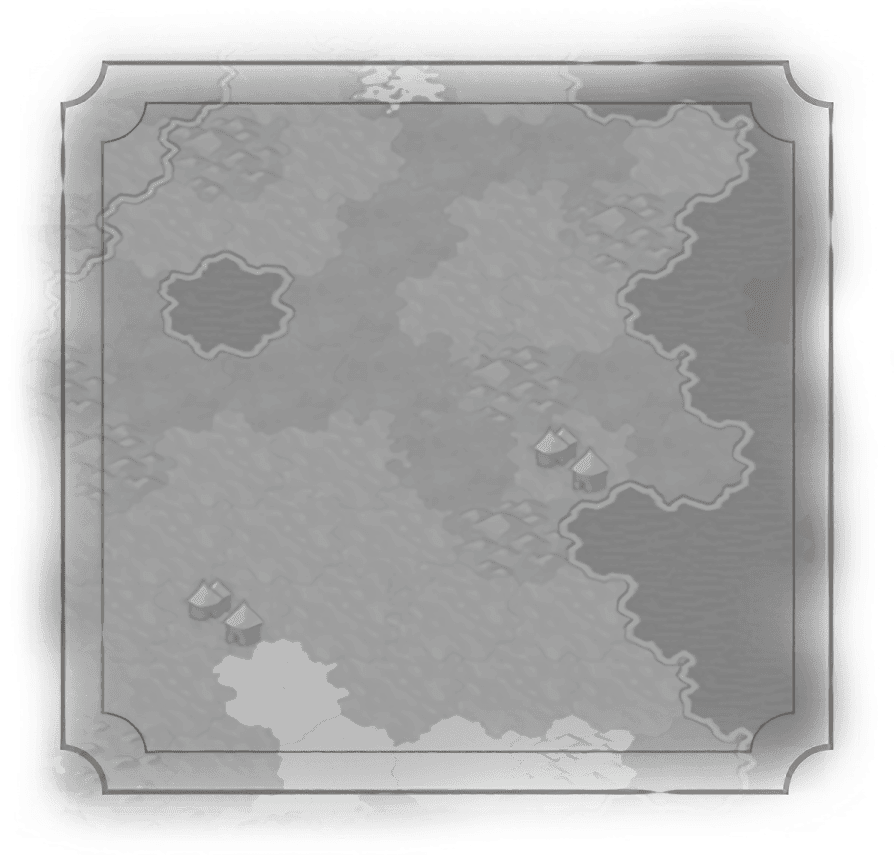Terrains
Features
Natural Wonders
Bermuda Triangle
Chocolate Hills
Cliffs of Dover
Crater Lake
Dead Sea
Delicate Arch
Eye of the Sahara
Eyjafjallajökull
Fountain of Youth
Galápagos Islands
Giant's Causeway
Gobustan
Great Barrier Reef
Hạ Long Bay
Ik-Kil
Lake Retba
Lysefjord
Mato Tipila
Matterhorn
Mount Everest
Mount Kilimanjaro
Mount Roraima
Mount Vesuvius
Païtiti
Pamukkale
Pantanal
Piopiotahi
Sahara el Beyda
Torres del Paine
Tsingy de Bemaraha
Ubsunur Hollow
Uluru
Yosemite
Zhangye Danxia


Mount Kilimanjaro
Description
One tile impassable natural wonder. It appears as a Volcano and provides +2  Food to adjacent tiles. On eruption it gives low yields and is most likely to damage improvements and buildings. Infrequently erupts, but is always active.
Food to adjacent tiles. On eruption it gives low yields and is most likely to damage improvements and buildings. Infrequently erupts, but is always active.
 Food to adjacent tiles. On eruption it gives low yields and is most likely to damage improvements and buildings. Infrequently erupts, but is always active.
Food to adjacent tiles. On eruption it gives low yields and is most likely to damage improvements and buildings. Infrequently erupts, but is always active.Historical Context
In the Maasai language, Kilimanjaro is known as Ngaje Ngai, the “House of God.” Composed of three volcanic cones, the highest reaching 5,900 meters (19,340 feet) – making it the highest point in Africa and the highest free-standing mountain in the world – the Kilimanjaro massif lies in northeastern Tanzania. Considered a stratovolcano, two of its peaks (Mawenzi and Shira) are extinct, while its highest (Kibo) is dormant; its last eruption dates back approximately 150 thousand years. After multiple failed attempts, the top of Kibo was finally reached in 1889 AD by the German Hans Meyer and Austrian Ludwig Purtscheller, who confirmed that Kibo did indeed have a crater. Despite the subsequent traipsing about on it, Kibo wasn’t actually mapped until 1964, based on aerial photography done a few years earlier.

“As it turns out, Mount Kilimanjaro is not wi-fi enabled, so I had to spend two weeks in Tanzania talking to the people on my trip.”
– Nancy Bonds
– Nancy Bonds
Traits
 Appeal to Adjacent Tiles: 2
Appeal to Adjacent Tiles: 2 Impassable
Impassable May Erupt
May Erupt
Description
One tile impassable natural wonder. It appears as a Volcano and provides +2  Food to adjacent tiles. On eruption it gives low yields and is most likely to damage improvements and buildings. Infrequently erupts, but is always active.
Food to adjacent tiles. On eruption it gives low yields and is most likely to damage improvements and buildings. Infrequently erupts, but is always active.
 Food to adjacent tiles. On eruption it gives low yields and is most likely to damage improvements and buildings. Infrequently erupts, but is always active.
Food to adjacent tiles. On eruption it gives low yields and is most likely to damage improvements and buildings. Infrequently erupts, but is always active.Historical Context
In the Maasai language, Kilimanjaro is known as Ngaje Ngai, the “House of God.” Composed of three volcanic cones, the highest reaching 5,900 meters (19,340 feet) – making it the highest point in Africa and the highest free-standing mountain in the world – the Kilimanjaro massif lies in northeastern Tanzania. Considered a stratovolcano, two of its peaks (Mawenzi and Shira) are extinct, while its highest (Kibo) is dormant; its last eruption dates back approximately 150 thousand years. After multiple failed attempts, the top of Kibo was finally reached in 1889 AD by the German Hans Meyer and Austrian Ludwig Purtscheller, who confirmed that Kibo did indeed have a crater. Despite the subsequent traipsing about on it, Kibo wasn’t actually mapped until 1964, based on aerial photography done a few years earlier.
“As it turns out, Mount Kilimanjaro is not wi-fi enabled, so I had to spend two weeks in Tanzania talking to the people on my trip.”
– Nancy Bonds
– Nancy Bonds
Traits
 Appeal to Adjacent Tiles: 2
Appeal to Adjacent Tiles: 2 Impassable
Impassable May Erupt
May Erupt


